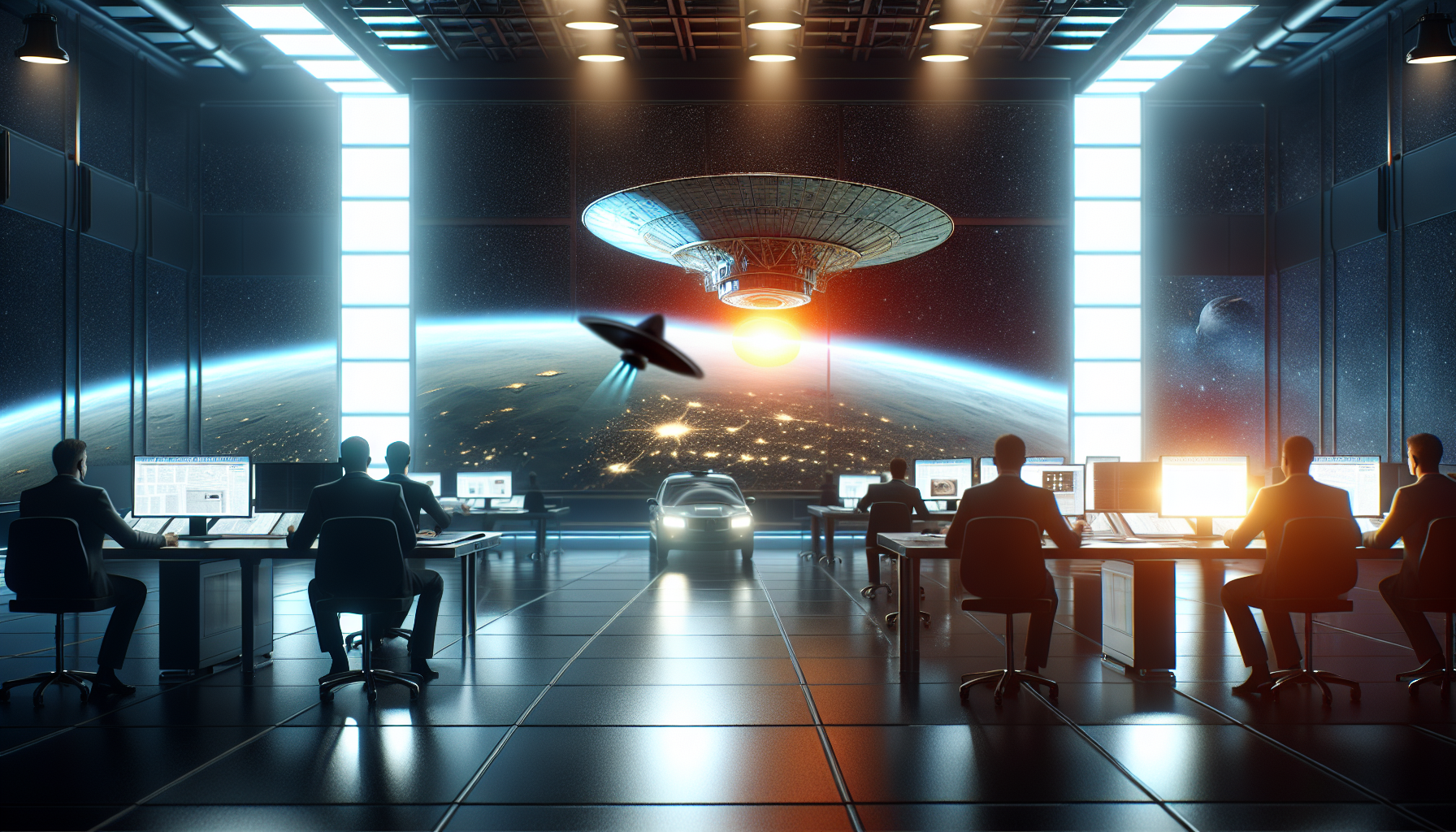NASA and Global Leaders Strengthen Artemis Accords
1 month ago • 20,820 views

Hubble captures NGC 45, a low brightness galaxy, revealing insights into star formation and galaxy evolution.
The NASA/ESA Hubble Space Telescope has captured a detailed image of the spiral galaxy NGC 45, located 22 million light-years away in the constellation Cetus. This study is part of two observing programs focusing on star formation. The first program surveyed 50 nearby galaxies using Hubble's ultraviolet to near-infrared capabilities. The second program focused on H-alpha light, highlighting star-forming regions in NGC 45 as bright pink-red patches.
NGC 45 is a low surface brightness galaxy, a type that is fainter than the night sky due to having fewer stars relative to its gas and dark matter. These galaxies are challenging to detect but are crucial for understanding galaxy formation and evolution. It is estimated that 30–60% of all galaxies might be low surface brightness galaxies.
Hubble's sensitive instruments are well-suited to study these elusive galaxies, providing valuable insights into their characteristics and the broader processes of galaxy development.
Text Credit: ESA/Hubble
Originally published by
NASA News
Article ID
#486
Join the discussion about this UFO/UAP story!
1 month ago • 20,820 views
1 month ago • 10,780 views
1 month ago • 1,728 views
2 months ago • 11,772 views
Loading comments...
No comments yet. Be the first to share your thoughts!